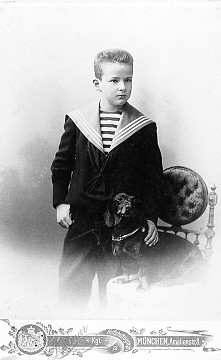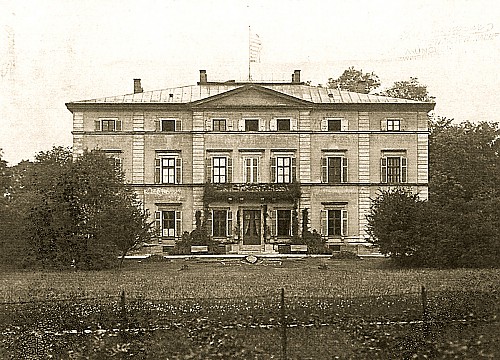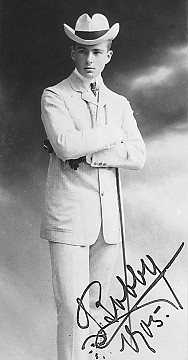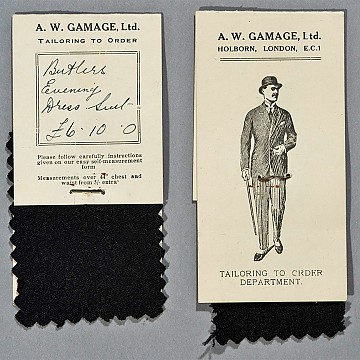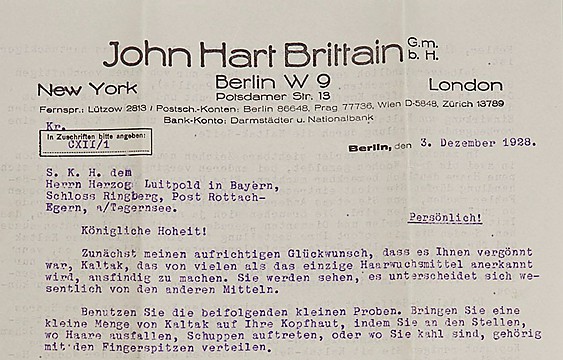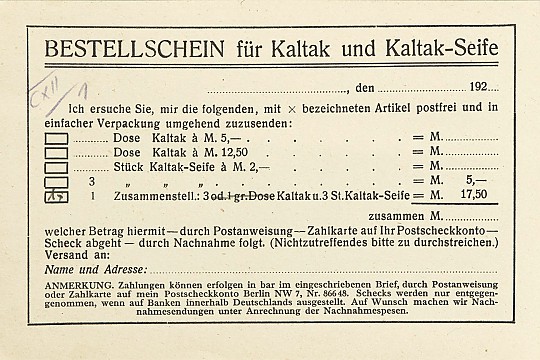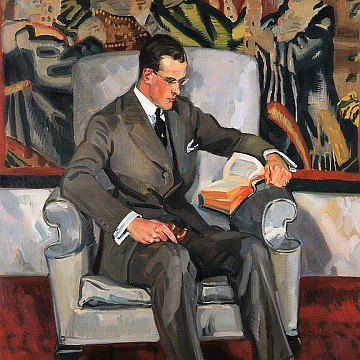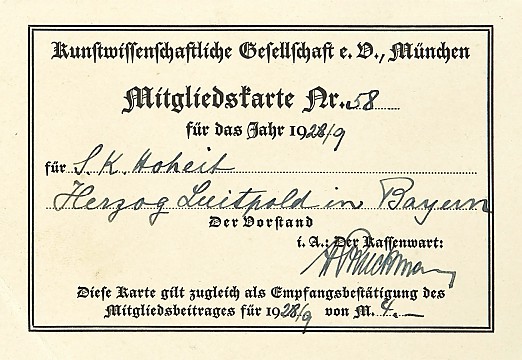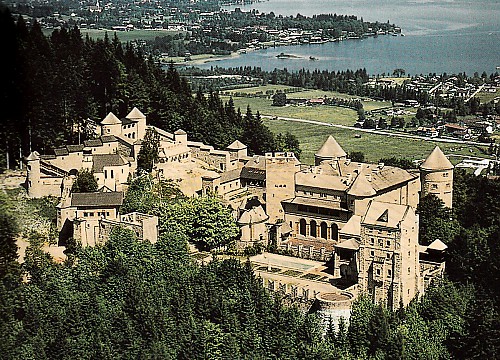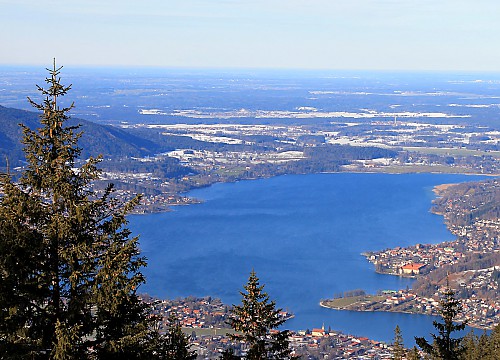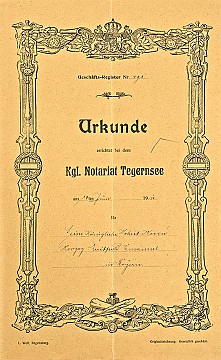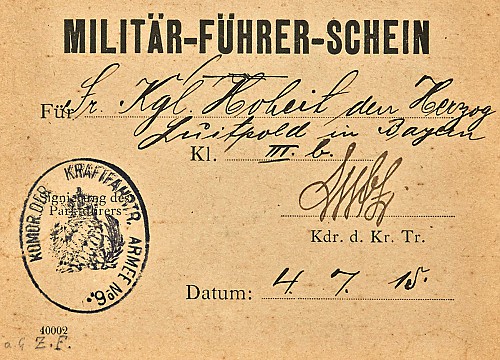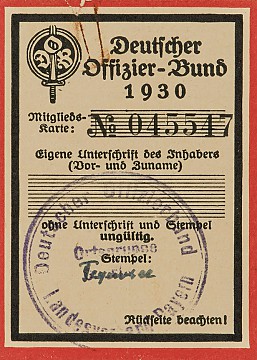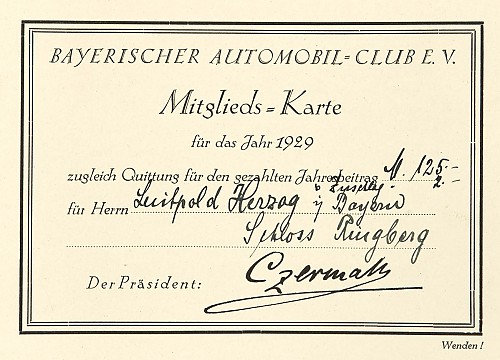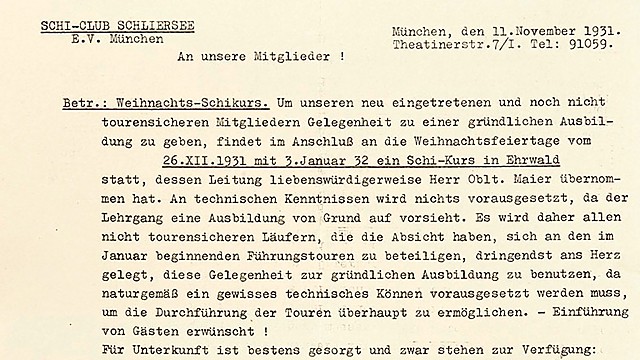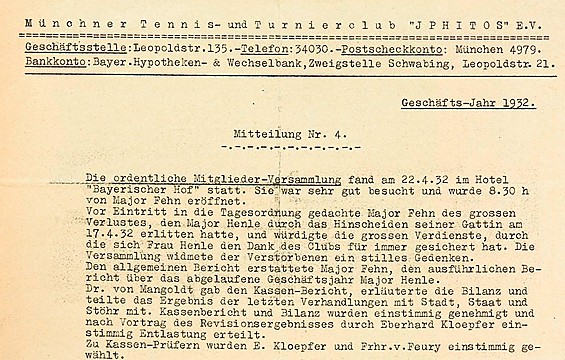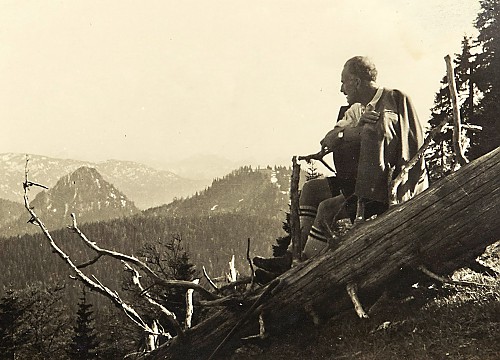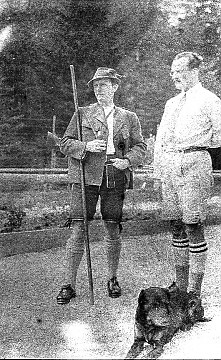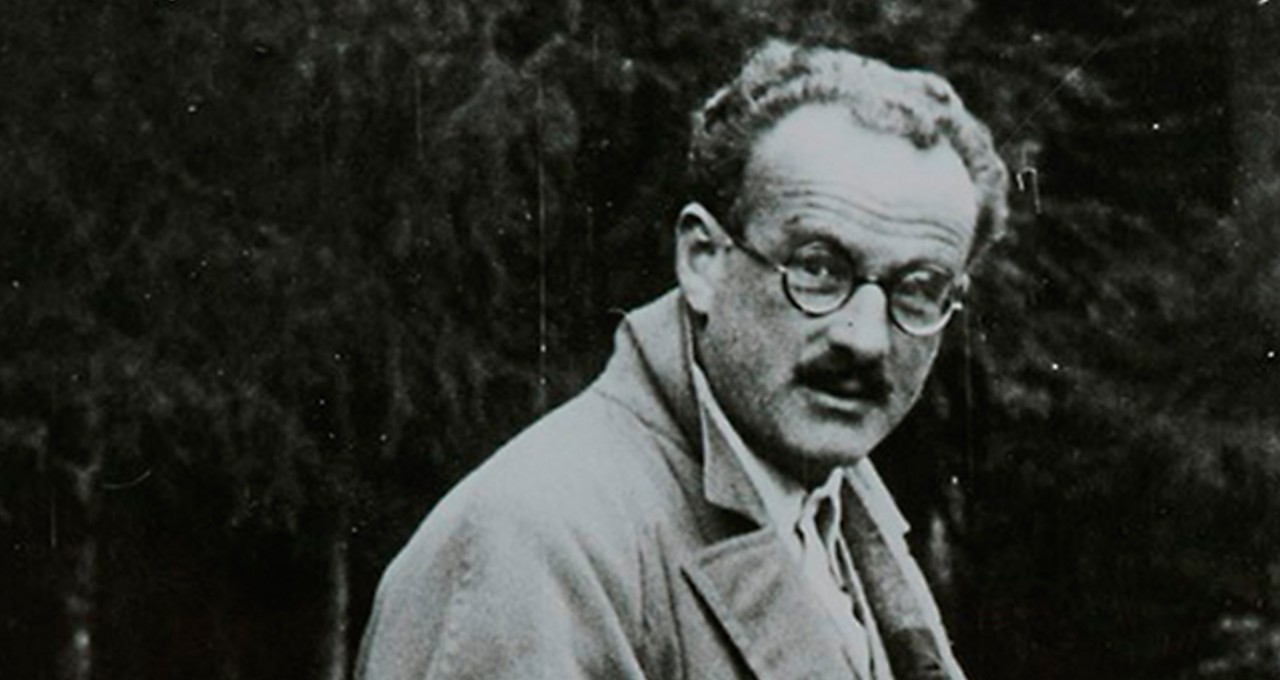
ABOUT
Duke Luitpold in Bavaria was born in 1890 at Biederstein Palace in Munich. He was the youngest of three children of the Duke Maximilian Emanuel in Bavaria and Princess Amalie of Saxony-Coburg and Gotha. At the tender age of four, he and his two brothers were already orphaned. They were initially raised by their grandmother and then in the family of their uncle, Duke Karl Theodor in Bavaria.
Duke Luitpold’s artistic ability became evident at an early age. From the age of 17, he received painting and drawing lessons from the Munich artist Friedrich Attenhuber. Aged 30 at the time, his style was similar to that of South German Impressionism which he had learned from his teacher, Ludwig von Herterich.
After obtaining his German A-level qualification, Luitpold undertook his military service with the lancers in Bamberg. He released himself from future military commitments and studied art history and philosophy in Munich.
GALLERY
Art historian and traveller
On his journeys through the Alpine countries, Italy, Sicily, Spain, France, Egypt, Asia Minor and the North African Mediterranean coast the Duke drew inspiration from art and culture. His art instructor, Attenhuber, with whom he developed a close friendship, accompanied him on several journeys.
The young Duke was particularly impressed by the medieval fortresses and Renaissance castles and villas. He developed a plan to build a castle in the open countryside. During a hunting trip in the mountains surrounding the Tegernsee, he came across the ideal location, the Ringberg mountain, which provided a fascinating panorama of the lake landscape. From 1912, the Duke purchased numerous plots of land here and developed the plans for the future castle with Friedrich Attenhuber. Attenhuber worked for the Duke as a universal artist and architect until his death in 1947. One of the last total works of art in South German art history was produced during this time.
The deployment of Duke Luitpold during the First World War represented a significant historical turning point. Throughout the conflict, the members of the House of Wittelsbach served as intelligence officers on the front. However, the plans for the castle continued, as Attenhuber was not drafted until 1917. In a letter dated 21 October 1915, the Duke revealed his feelings: »These construction meetings and instructions may get on your nerves, but to me they signify a different bygone world and help me to relax in a way that is difficult for you to comprehend. I hate the War, namely.« His wartime experiences are reflected in the subsequent design of the castle. Architecture based on protective and defensive fortification replaced the lightness of a Tuscan Renaissance villa.
After 1919, Duke Luitpold resumed his studies and obtained his doctorate in 1922 on »Frankish tapestry«. His thesis explored Gobelin tapestries in Franconia during the Late Middle Ages. In the foreword, he thanked his friend Attenhuber: »The artist Friedrich Attenhuber, who drew my attention to the intrinsic value not just of German tapestry, but of tapestry in general.« Luitpold's fascination with arrases is documented by the 14 Gobelin tapestries at Schloss Ringberg.
Despite financial problems in the post-war period, the Duke continued the project, implored Attenhuber to work with the greatest urgency while also engulfing him with a raft of new ideas and modification requests. His Schloss Ringberg was to resemble Gruyère Castle in Switzerland, which he held in high regard. Stylistic elements were also borrowed from Hohenwerfen Fortress near Salzburg, the episcopal Hohensalzburg Castle and The Château de Chillon on Lake Geneva. The emphasis was placed on defensive capability and protection. In order to pay for Schloss Ringberg, the Duke parted with Biederstein Palace in the English Gardens and the ducal palace on Ludwigstrasse in Munich. He managed the construction work by issuing countless instructions on postcards and notes. The tone of communication changed markedly until the artist eventually only received harsh orders.
The Duke's main concern became his desire to finally see Schloss Ringberg completed. The changing political situation after 1918 was of little interest to him. After the end of the Bavarian monarchy, the aristocracy lost many of its privileges. The fact that Luitpold continued his building project as if nothing had happened in spite of the disaster of the Second World War must have seemed even more anachronistic.
Until 1939, he focussed all his efforts on making the castle inhabitable. This plan proved unachievable. In the early 1940s he therefore considered selling the site. Attenhuber hoped the sale of the castle might finally bring him financial security. However, when he enquired about the matter with the ducal administration, the proposal was abruptly dismissed - to his great disappointment. Thus, he had to continue living, full of resentment, in this half-completed estate, which had now become a prison for him.
By the end of the War in 1945, the impoverished Attenhuber had become dependent upon allowances from the ducal administration. His suicide in 1947 was a tragic end to the collaboration between the artist and aristocrat, which had begun with so much promise. As selling the castle was inconceivable after the end of the War, the Duke continued with the development of the building. Until his death in 1973, he entrusted the architects Max Berger and Heinz Schilling with the implementation of the work. The chapel, the gloriette including the colonnades, and the cinema theatre - parts of the building which no longer exist today or only exist in a modified form - were built. After the death of his cousin Ludwig Wilhelm, Duke Luitpold became the head of the House of Wittelsbach's ducal line in 1968. He had already had the ducal coat of arms embellished with the motto »Mit der Zeit« (»With the times«), which he adapted from one of his ancestors from the 16th century - a motto that could be interpreted in various ways. It is found in the coat of arms carpet, which can be admired above the fireplace in the present-day Dining Room.
Schloss Ringberg is the last great fairy tale dream of a member of the House of Wittelsbach. The never-completed project played a defining role in the lives of its two protagonists. The Duke sought to erect a monument as a member of an illustrious princely family. The castle was intended to become a focal point for the Duke's circle of family and friends, but remained a construction site. Unmarried and without direct descendants, he focused on salvaging his dream in his later years. Through an intermediary, Duke Luitpold learned of the Max Planck Society's search for a suitable representative conference venue. In 1967, the Duke and the MPS concluded a contract of inheritance. This made Schloss Ringberg available to science until the present day, and met the Duke's original intention of creating a sanctuary for scholarly exchange in a creative and stimulating environment.
VIDEO
Biography
-
1890-1909
1890
Duke Luitpold is born on 30 June in Munich as the son of Duke Maximilian Emanuel of Bavaria and Duchess Amalie, born Princess of Saxony-Coburg and Gotha, Duchess of Saxony. His father Maximilian Emanuel, born in 1849 in Schloss Possenhofen on the Starnberger See, was a brother of Elisabeth Amalie Eugenie, who entered the annals of history as »Sisi«, the subsequent Empress of Austria.
1893
The death of his father. His mother Amalie dies a year later. Duke Luitpold is orphaned at the age of four, and raised by his grandmother Duchess Clementine of Saxony-Coburg, and becomes familiar with the family estates on the Tegernsee and the Starnberger See. The family enjoys meeting for celebrations and holidays in Wildbad Kreuth and Possenhofen.
1908
German A levels. Duke Luitpold is schooled in the humanities, language and literature, art, history, philosophy, and Latin and Greek by home tutors. In the same year, he goes to Bamberg to serve in the army as a lieutenant. At the end of his military service, he is awarded the Hubertus Order, a secular knights' order.
1908/09
First meeting with the artist Friedrich Attenhuber, who was 13 years older than the Duke at the time, and who gives the talented young member of the House of Wittelsbach painting lessons. Owing to the Duke's strong interest in art and travel, Attenhuber is given the opportunity to accompany him on an extensive study trip to Egypt, Tangiers and Sicily.
-
1910-1913
1910/1914
Degree in philosophy and art history at the Ludwig-Maximilians-Universität in Munich. His interests are so wide-ranging that he also attends lectures in chemistry, general natural history, economics, physics, art, philosophy and general world history. He continues to travel while studying, visiting Sicily, Egypt, Toledo and Madrid. He takes the artist Attenhuber with him on several of these trips.
1911
The idea is conceived to build a castle on Ringberg mountain at the Tegernsee. Land is acquired and Friedrich Attenhuber is brought in as artistic advisor and later as an architect.
1912
The Duke attends lectures by art historian Heinrich Wölfflin, including on »Renaissance art in Italy and the development of architectural style during the Middle Ages and the Modern Age.« Start of planning and construction work on Schloss Ringberg.
1913
Luitpold exhibits some of his own work under the title »Sicilian coast« at the »Kunsthaus Brakl«, which belonged to the famous Munich gallery owner Franz Josef Brakl. Brakl had an affinity with the Secession, the »Die Scholle« art movement, the Blaue Reiter group and Impressionist painting. The Duke sells paintings worth 1000 Marks. A topping-out ceremony was held on Ringberg mountain on 26 September.
-
1914-1934
1914/18
During the First World War, Luitpold serves initially as a first lieutenant and then as a cavalry captain on the western front in the Lorraine border region, in Northern France and in Belgium. The wartime experiences take a great deal out of him. During this period, the construction work at Schloss Ringberg is in full progress under the management of Friedrich Attenhuber.
1919
Resumption of studies at the University of Munich.
1922
Dissertation on »Frankish tapestry – the Gobelin tapestries of the Late Middle Ages in Nuremburg, Bamberg and Eichstätt«.
1930/34
Sale of Biederstein Palace and Park in Munich, as well as furnishings, in order to raise funds to continue the building of Ringberg.
-
1943-1973
1943
Forced sale of the ducal Schloss Possenhofen on the Starnberger See to the Nazi public welfare organisation.
1945
During the years until his death, he drives forward the external and internal building work on Schloss Ringberg with unwavering energy.
1947
Friedrich Attenhuber dies. Duke Luitpold engages the architects Max Berger and Heinz Schilling to complete building work on the castle.
1973
Duke Luitpold dies on 16 January as the last direct descendant of the line of Dukes in Bavaria. Ownership of Schloss Ringberg is transferred to the Max Planck Society.
